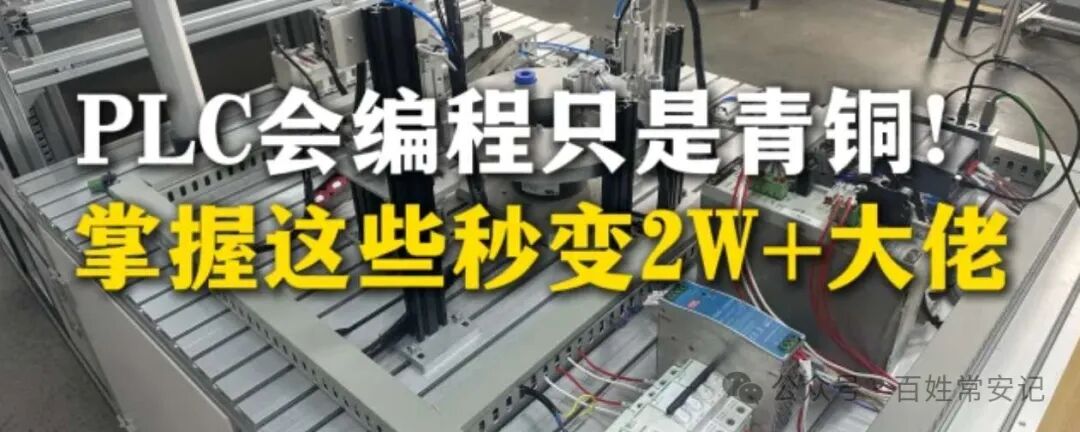
Introduction
Hello everyone! Today, I want to talk about a topic that many automation engineers both love and hate — the selection of PLC communication interfaces.Don’t worry, I will explain the advantages and disadvantages of various communication interfaces in the most relatable way.Trust me, choosing the right communication standard can improve your device interconnection efficiency by over 50%!Want to know the secret? Then keep reading!
Why is the choice of communication interface so important?
Let’s start with a vivid analogy:The communication interface is like the “language” between factory devices. If two devices speak different “languages”, it’s like a Chinese engineer and a German engineer trying to communicate directly without a translator, the communication efficiency is unimaginable!
“My devices often experience communication interruptions, is it a PLC performance issue?”
No! It is likely just that you have chosen the wrong communication interface!
Comparison of Mainstream PLC Communication Interfaces
1. RS-232/485: The Classic That Stays Strong
-
Advantages: Simple and reliable, low cost, suitable for short-distance communication
-
Disadvantages: Slow speed (up to 115.2kbps), point-to-point connection
-
Applicable Scenarios: Small devices, upgrading old systems
2. Ethernet/IP: The First Choice for Modern Factories
-
Advantages: High speed (starting from 100Mbps), supports multiple device connections
-
Disadvantages: Requires network infrastructure, higher cost
-
Applicable Scenarios: Medium to large automation systems, **real-time monitoring** situations
3. PROFIBUS: The Pride of German Industry
-
Advantages: Stable and reliable, strong anti-interference capability
-
Disadvantages: Complex protocol, high device compatibility requirements
-
Applicable Scenarios: Automotive manufacturing, **precision machining** and other harsh environments
4. Modbus: The Universal Interface That is Easy to Use
-
Advantages: Open protocol, good device compatibility
-
Disadvantages: Limited functionality, lower security
-
Applicable Scenarios: Cross-brand device integration, **projects with limited budgets**
How to Choose the Most Suitable Communication Interface?
Remember this golden rule: “There is no best, only the most suitable!”
-
Consider transmission distance:
-
Within 10 meters: RS-232
-
Within 100 meters: RS-485
-
Over 100 meters: Ethernet/IP or fiber optics
Evaluate data volume:
-
Small data: Modbus
-
Large data volume: Ethernet/IP or PROFINET
Analyze environmental interference:
-
Strong electromagnetic interference: PROFIBUS
-
Normal environment: Ethernet/IP
Practical Application Case
A certain automotive parts factory originally used PROFIBUS to connect 20 devices,which often experienced communication delays. After analysis, it was found that:
-
The production line expansion exceeded the maximum length recommended for PROFIBUS
-
The data volume of newly added devices increased
Solution:
-
Change the backbone network to **fiber optic Ethernet/IP**
-
Retain PROFIBUS-DP locally for sensor connections
Results:
-
Communication failure rate reduced by 90%
-
Data transmission speed increased by 300%
-
System scalability greatly improved
Frequently Asked Questions
Q: Can PLCs from different brands communicate directly?
A: Yes! Cross-brand interconnection can be achieved through **Modbus TCP or OPC UA** and other open protocols.
Q: How to connect old devices to new systems?
A: Use a protocol converter, such as a PROFIBUS to Ethernet/IP gateway, which usually costs only a few hundred yuan.
Future Trends Outlook
-
TSN (Time-Sensitive Networking): The next generation of industrial communication standards,achieving microsecond-level synchronization
-
5G Industrial Applications: A revolution in wireless communication, especially suitable for **mobile devices and remote monitoring**
-
OPC UA over TSN: A unified data exchange standard
Interactive Session
-
What communication interface does your current PLC mainly use?
-
What communication challenges have you encountered?
-
What are your thoughts on the emerging TSN technology?
Conclusion
Choosing the right PLC communication interface is like finding the most suitable “language” for your devices.The right choice can not only improve system stability, but also **reduce maintenance costs and leave room for future expansion**.
I hope this article helps you clarify your thoughts! If you have any questions, feel free to leave a comment for discussion.Let’s work together to create smarter and more efficient automation systems!
Share itSave itView itLike it